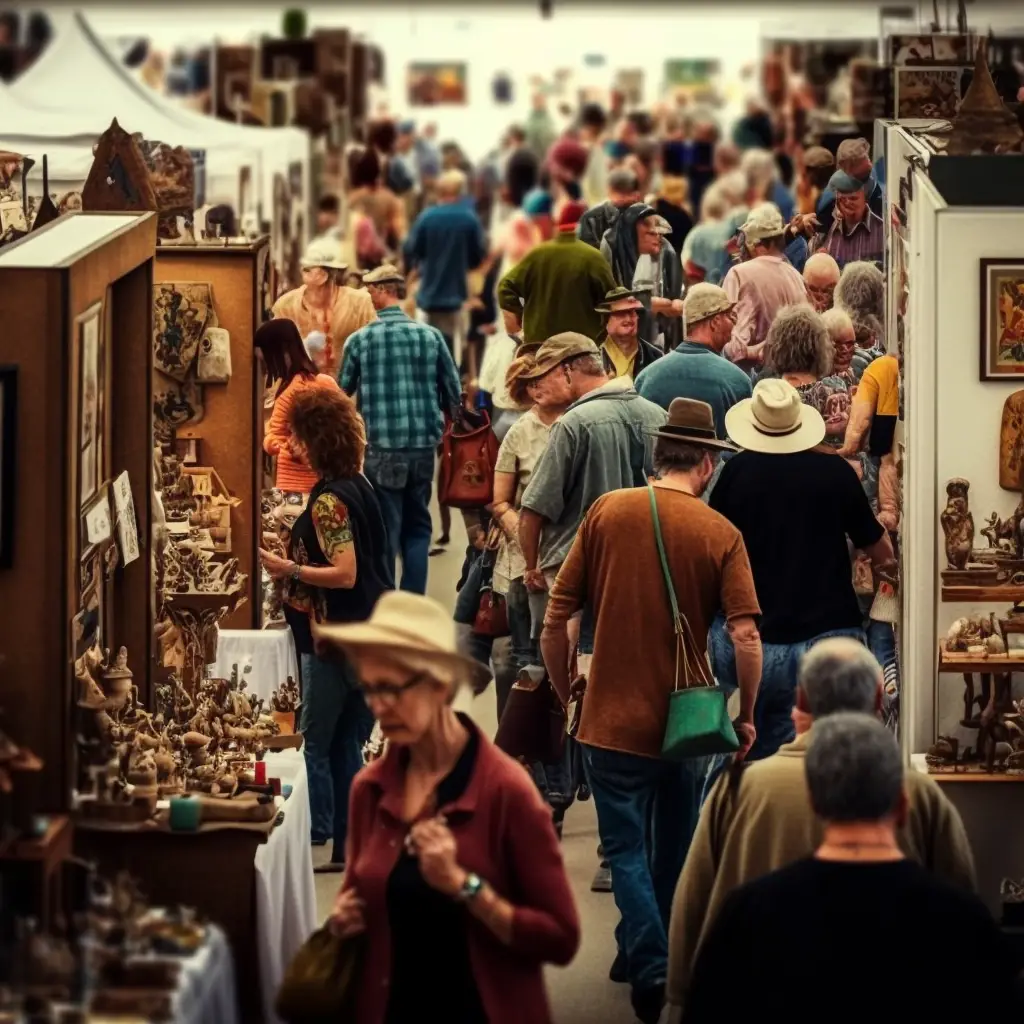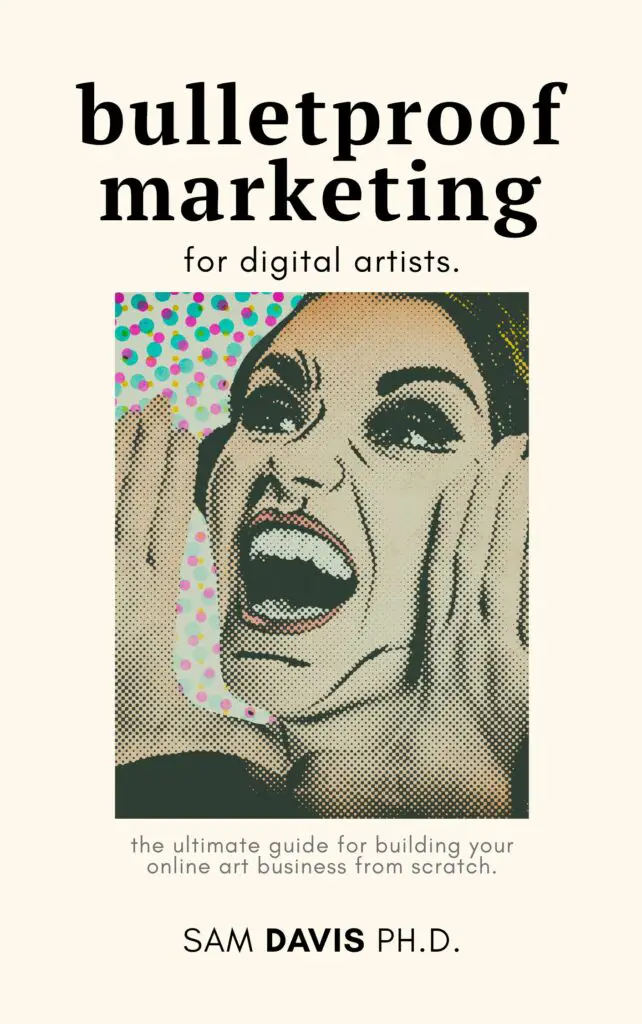Are you ready to take your crafting skills to the next level and join your local craft fair? It can seem like an intimidating process, but with the right preparation and information, you'll be ready in no time! In this blog, we’ll provide you with all the tips and supplies you need to get started and sell at craft fairs.
You need a product that is appealing and of good quality to sell at craft fairs
When it comes to picking products to sell at a craft fair, presentation and quality are key. People go to craft fairs looking for unique items that can be used or enjoyed in some way.
To have the most success with the products you choose, look for something that is appealing in its design and appearance, as well as constructed of high-quality materials. Shopping around and hitting your local craft stores gives you access to a variety of different products with varied designs that can help make your booth stand out.
With some investigation and research, it will become clear which product is right for you and your craft fair venture. If you're not sure, visit a few shows and check out other vendors and their booth space. Very few people spend time examining competition, but it is useful for sure.

You need to be able to talk about your product in an engaging way at craft fairs
When you talk about your product at a craft fair, it's important to make your description engaging and interesting. Pique the customer's curiosity by talking about the unique elements of your product and why it stands out from other options.
Talk about the special ingredients or processes that went into making it. Focus on how the product can benefit customers by highlighting features and possible uses for it. End with a call-to-action: invite customers to try it for themselves, as there is no better way to experience your product than first-hand.
Being enthusiastic and passionate when answering questions can help you create an emotional connection with them, which is important in sales and marketing.
Your booth space should be experiential and offer several different price points. If you need a sales tax permit, make sure it's prominently displayed. Selling at craft fairs varies from state to state, so find your target market for handmade crafts and stick to it.
You need to have a good setup, including a table, chairs, and signage for your booth at craft fairs
Setting up for a craft fair can seem like a daunting task, but it is worth the effort. If you take the time to plan ahead and invest in the right elements for your booth, you will be rewarded. Having a sturdy table, comfortable chairs, and professional signage will go far in attracting potential customers.
Not only that, but having a well-organized setup makes it easier to find items during the event. Craft fair preparation requires a little bit of work on the front end, but if it done properly it can make all the difference!
You need to be able to accept different forms of payment, including cash, credit cards, and checks at craft fairs
It can be intimidating to accept payments from customers at a craft fair – especially if you are not used to handling different forms of payment. However, it is vital for business success that you are able to support multiple payment options in order to make transactions run as smoothly as possible.
You should research the best methods for accepting cash, credit cards and checks – this might include bringing appropriate equipment such as a mobile credit card reader or having enough change ready for the day. Being prepared and organized will help ensure your craft fair is successful and your customers are satisfied. If you need to collect sales tax, set up your system before you start selling at craft fairs.
You need to be prepared for long days, often standing for hours at a time when tabling at craft fairs
If you're considering tabling at a fair, it's important to understand that it can involve long days on your feet. While the energy is always exciting and the opportunity to network and introduce others to your cause is rewarding, there are often physical challenges associated with standing for hours at a time.
It's not an experience that everyone is accustomed to, and so preparation is key to making it through. Making sure you stay well-hydrated, wearing comfortable shoes, eating healthy snacks and taking breaks when possible all help create an enjoyable experience. Being prepared will ensure fairness tabling will be successful and rewarding!
If you're not sure about selling at craft fairs all day long, try a farmers market first to get a feel for it. Farmers markets usually last only a few hours, and you can use the experience to measure whether or not craft fairs are right for your business.
You need to have change on hand in case someone wants to pay with cash at craft fairs
Running a successful booth at a craft show usually requires creativity and organization. One aspect of this preparation is making sure you have available change to provide customers who would like to pay in cash.
Having an adequate amount of denominations before the craft show begins will save you from scrambling in front of the customers, reducing the risk of losing a sale. Investing the time and energy into preparing for this ahead of time will make for a smoother run overall, so plan ahead and have your buying power ready before the event begins!
You need to be prepared for food and bathroom breaks while tabling at craft shows
If you are tabling at a craft show, it is important to plan ahead for food and bathroom breaks. This can seem daunting at first, but with the right preparation your break times will run smoothly and efficiently. You may want to have another person at your table while you take a break so they can handle any questions or purchases that may come up.
You can also create signs or messages on your phone that let customers know when you'll be back if needed. If someone is available to help in case of emergencies, make sure they understand how things work so customers don't feel neglected when you're away during peak hours.
With proper planning and organization, having food and bathroom breaks won't affect your tabling experience too much and could even give you the energy boost needed to make it through the day!
You need to have follow up materials for your visitors at craft shows
At a craft booth, it takes more than one interaction for customers to make a purchase. For this reason, follow up materials are essential to successful sales. Follow up materials are used to remind customers why they enjoyed visiting the craft booth and encourages future sales by offering discounts or product announcements.
Strategically placed cards, postcards, flyers and magnets provide an additional opportunity for customers to remember the craft show and revisit on their own time. Furthermore, follow up materials provide another touch point with potential buyers so that you can continue fostering relationships with them after each visit.
You need to recruit your friends and fans to visit your craft show booth
Having a successful craft show booth can be daunting, especially when it comes to getting people to come and check out your work. To ensure plenty of visitors, ask your friends and fans to help spread the word about your craft show booth.
Encourage them to share posts on social media or send text messages about it. You can even create unique posters and flyers for them to promote in their neighborhoods. With enough effort from your friends, family, and followers, you should see an increase in the amount of customers at your craft fair booth!
You need to have fun while tabling at a craft show!
If you are an exhibitor at a craft shows, it's important to have fun! After all, potential customers can smell a bored booth worker! Greet everyone who visits your stand with a smile and come up with witty conversations.
Liven up craft shows by playing music that fits the products you’re selling – this will set a pleasant and pleasant atmosphere. Share stories about things that inspired your work with those who visit your stand; they will appreciate hearing personal insight. Be creative and make sure energy exudes from your table to boost customer loyalty and attract people passing by to take a look.
Engaging in playful banter when customers are browsing through your items encourages them to come back for more later or even refer friends or family members. Have fun and don't be afraid to show off your unique personality during the big event!

